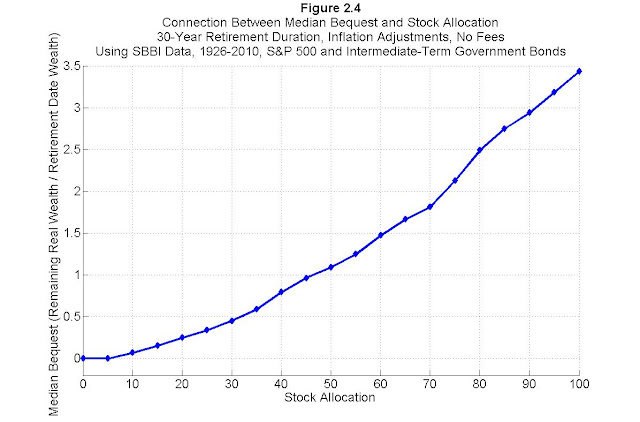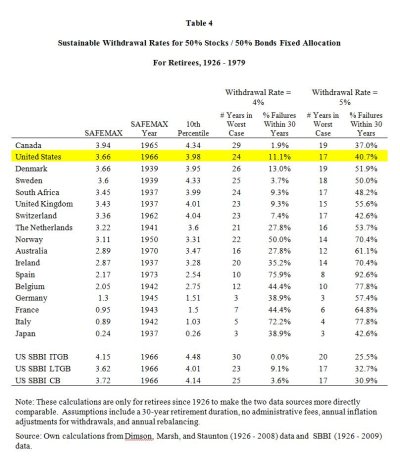- Joined
- Apr 14, 2006
- Messages
- 23,059
Equity markets: Shares and shibboleths | The Economist
An interesting article from the latest Economist discussing the proper equity risk premium to assume in retirement planning, and why it is lower than you might think. The conclusion of the article:
An interesting article from the latest Economist discussing the proper equity risk premium to assume in retirement planning, and why it is lower than you might think. The conclusion of the article:
Equities are not a miracle asset that will turn measly contributions into a generous pension. Those who want to retire in comfort should save more.


